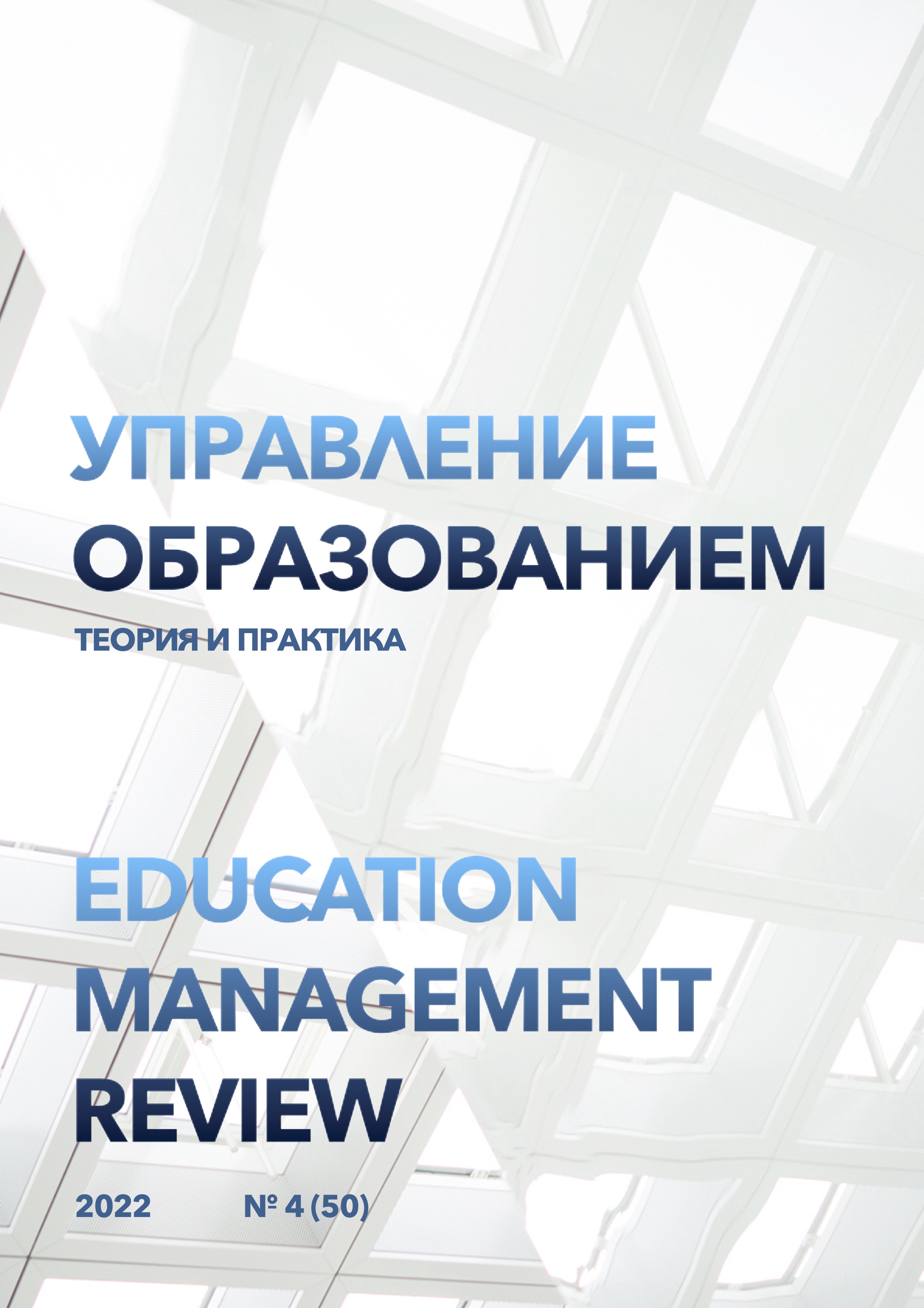Experimental problems in physics in the context of the system of didactic units enlargement
DOI:
https://doi.org/10.25726/t8796-6310-1398-vKeywords:
the system of consolidation of didactic units, experimental problems in physics, educational standardAbstract
The article is devoted to the consideration of the system of consolidation of didactic units (UDE) in solving experimental problems in the course of secondary school physics. Based on the analysis of the requirements of the modern educational standard for basic general education, the applicability of this technique in the study of physics is substantiated. For example, experimental tasks on mechanics with the provision of specific techniques of UDE are given.
References
Антипин И.Г. Экспериментальные задачи по физике в 6–7 классах. М., 1974. 130 с.
Богаев Д.П. Использование метода УДЕ в обучении физике Сборник докладов XIV республиканская научно-практическая конференция, посвященная 95-летию академика Российской академии образования Эрдниева Пюрви Мучкаевича УДЕ. ИДЕЯ ВЕКА, Элиста, 2016.
Буркова И.В. Экспериментальные задачи // Физика: Эксперимент. М.: Издательский дом 1 сентября, 2009. №24. С. 16-18.
Варламов С.Д., Зильберман А.Р., Зинковский В.И. Экспериментальные задачи на уроках физики и физических олимпиадах. М.: МЦНМО, 2009. 184 с.
Заикина Н.В. Использование цифрового оборудования при выполнении лабораторных работ по физике. Материалы Всероссийской научно методической конференции «Актуальные проблемы преподавания физики в школе и вузе», Ряз. гос. ун-т имени С.А. Есенина. Рязань, 2018. С. 34-39.
Ланге В.Н. Экспериментальные физические задачи на смекалку: Учебное руководство. М.: Наука. Главная редакция физико-математической литературы, 1985. 128 с
Приказ Министерства просвещения Российской Федерации от 31.05.2021 № 287 "Об утверждении федерального государственного образовательного стандарта основного общего образования". http://publication.pravo.gov.ru/Document/View/0001202107050027?index=0&rangeSize=1
Примерная образовательная программа (проект) по физике (углубленный уровень) для 7-9 классов образовательных организаций 2022.
Эрдниев П.М., Эрдниев Б.П. /Укрупнение дидактических единиц в обучении математике. Книга для учителя. М.: Просвещение, 1986. 255 с.
hristofides, S., Kaplanis, P., Yiannakkaras, C., Papadopoulos, N., Papaefstathiou, C., Kokona, G., … Kaolis, D. (2009). Biomedical physics education of medical and healthcare personnel the Cyprus experience. In IFMBE Proceedings (Vol. 25, pp. 9–11). https://doi.org/10.1007/978-3-642-03893-8_3
Esquembre, F. (2002). Computers in physics education. Computer Physics Communications, 147(1–2), 13–18. https://doi.org/10.1016/S0010-4655(02)00197-2
Hendee, W. R. (2007). Improving Physics Education in Radiology. Journal of the American College of Radiology, 4(8), 555–559. https://doi.org/10.1016/j.jacr.2007.03.007
Jie, B., & Xiao, L. (2017). Research on the reform of physics education and the innovation of library work. Agro Food Industry Hi-Tech, 28(1), 343–347.
Lai, J. W., & Cheong, K. H. (2022). Educational Opportunities and Challenges in Augmented Reality: Featuring Implementations in Physics Education. IEEE Access, 10, 43143–43158. https://doi.org/10.1109/ACCESS.2022.3166478
Lee, G., & Kim, H. (2019). What is physics education?: Focusing on Changes in Pre-service Teachers’ Understanding in a New Physics Education Course. New Physics: Sae Mulli, 69(8), 818–830. https://doi.org/10.3938/NPSM.69.818
Martin, R. F. (2017). Undergraduate Computational Physics Education: Uneven History and Promising Future. Computing in Science and Engineering, 19(2), 70–78. https://doi.org/10.1109/MCSE.2017.24
Martin, R. F. (2016). Undergraduate computational physics education: Uneven history and promising future. In Journal of Physics: Conference Series (Vol. 759). https://doi.org/10.1088/1742-6596/759/1/012005




